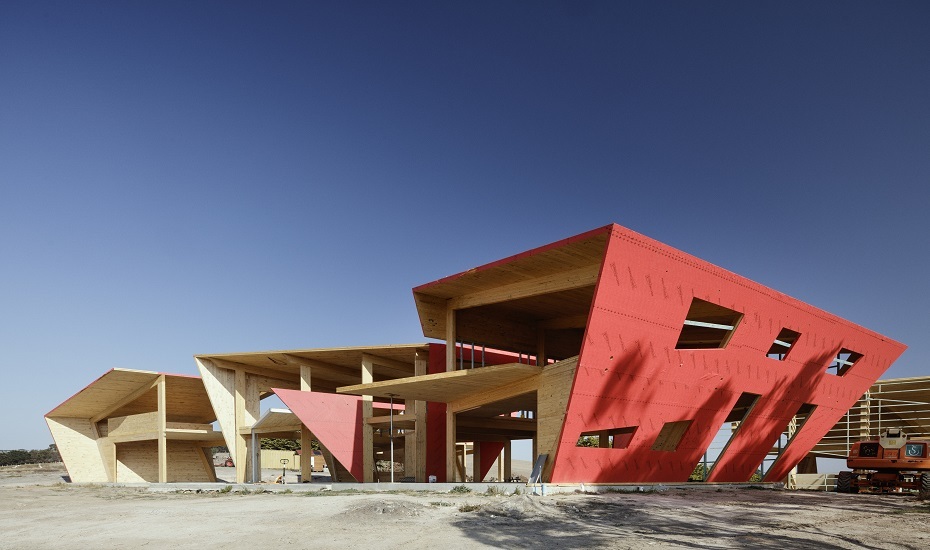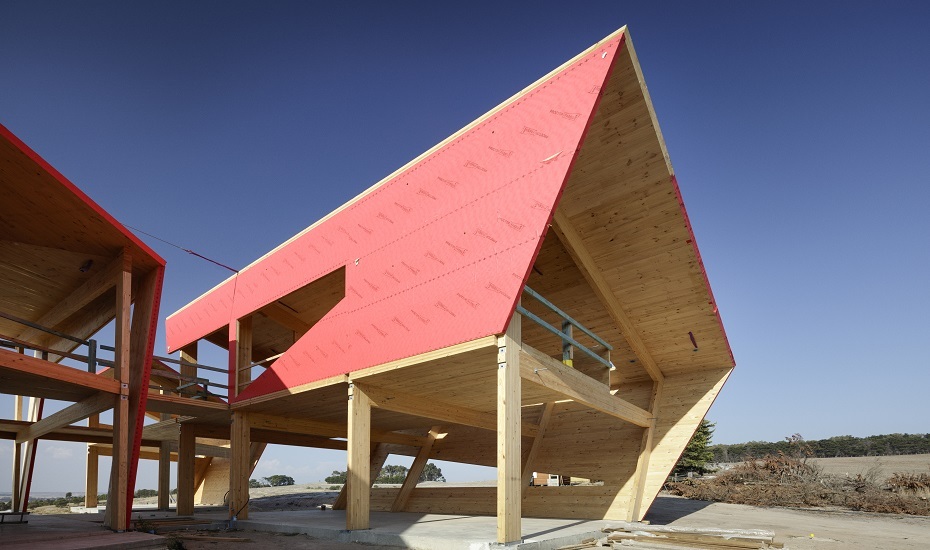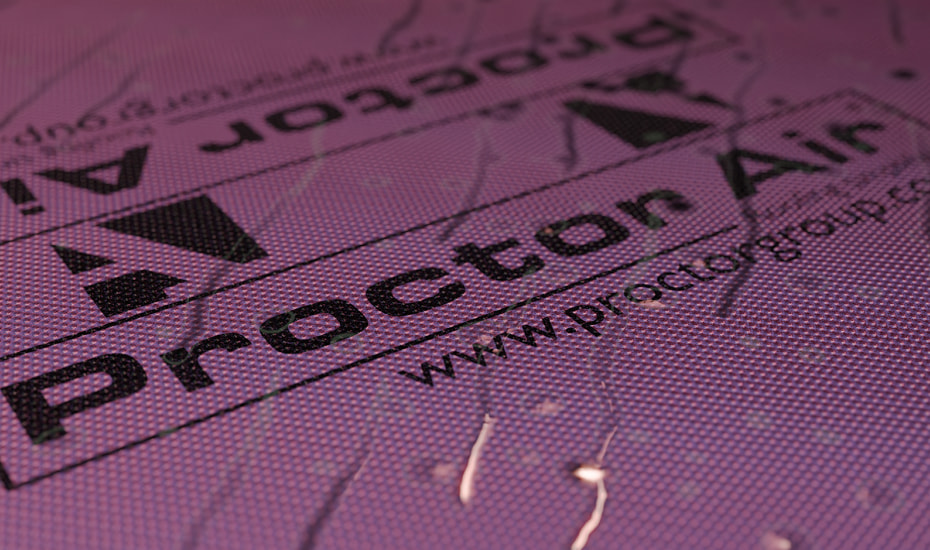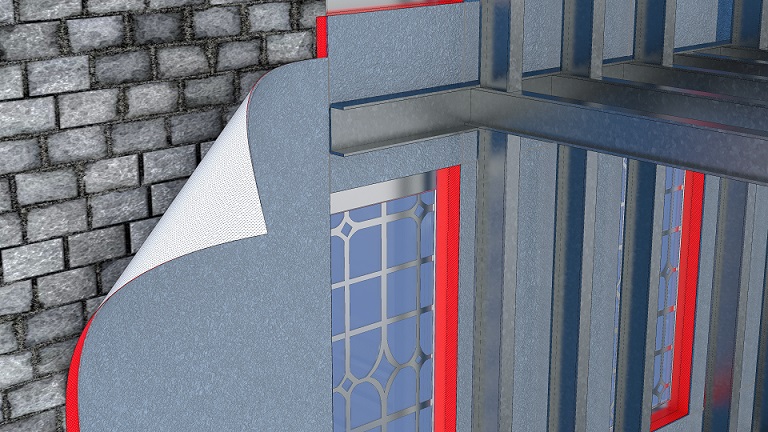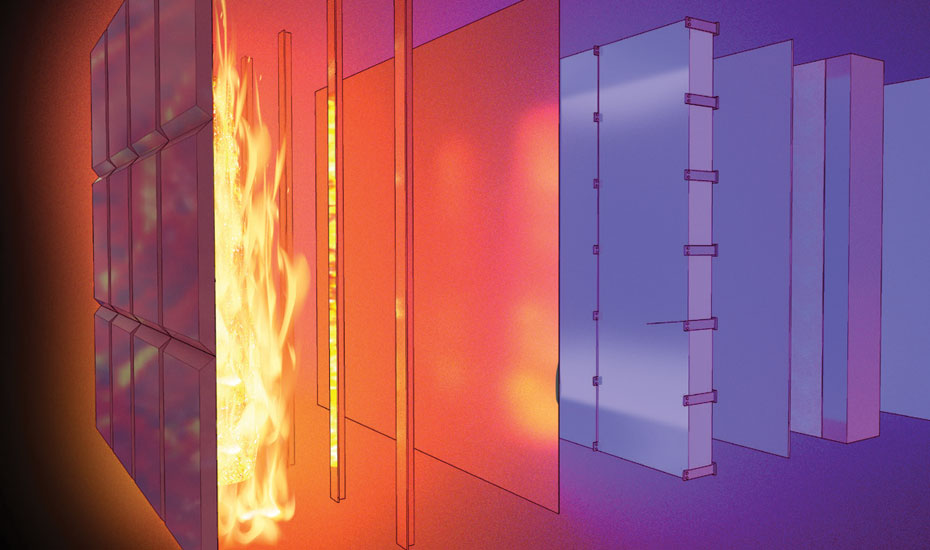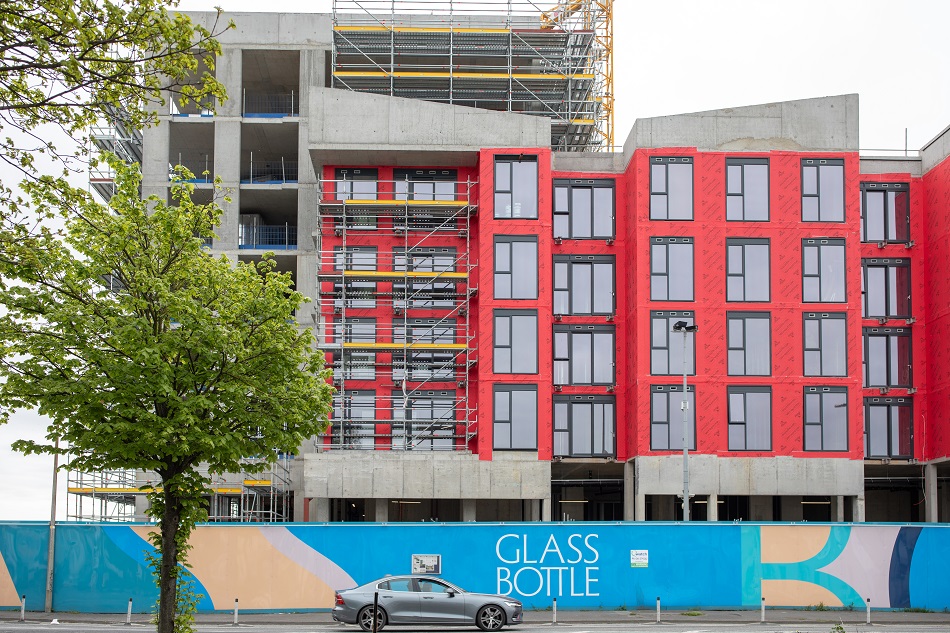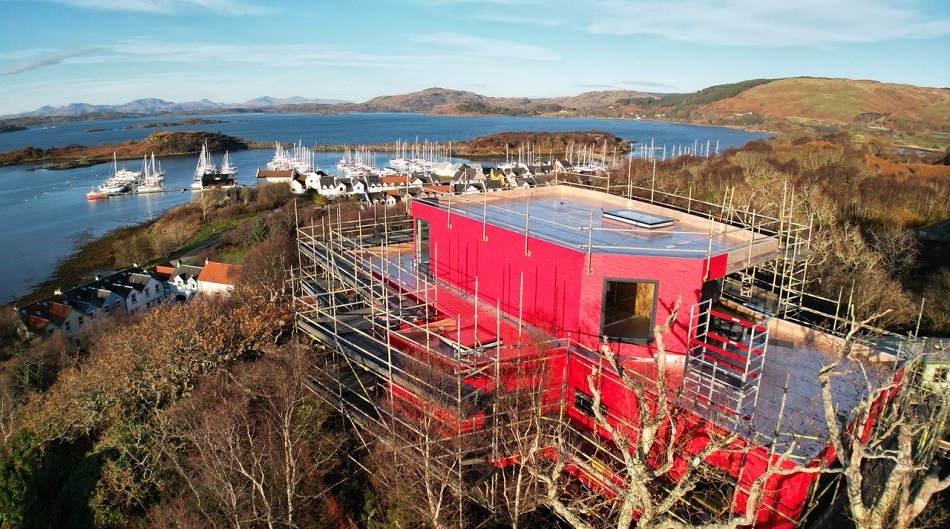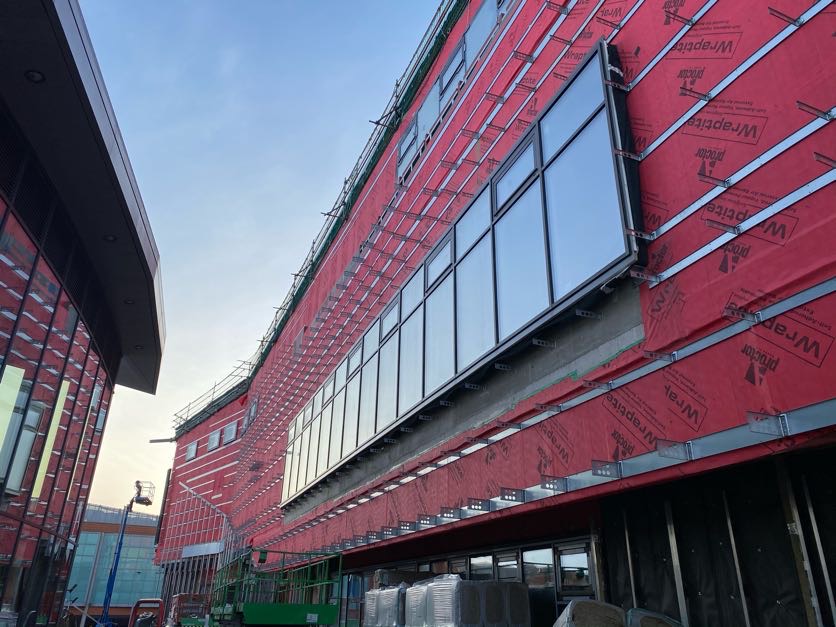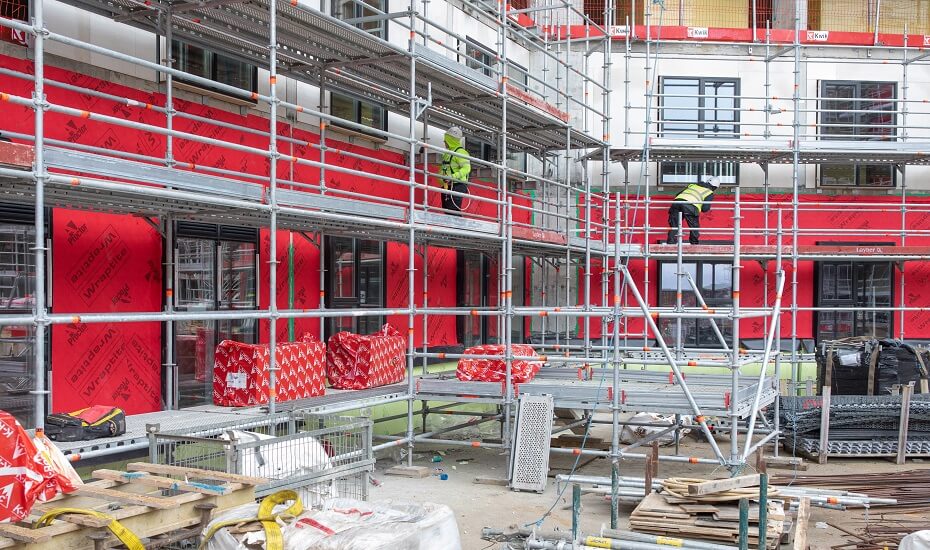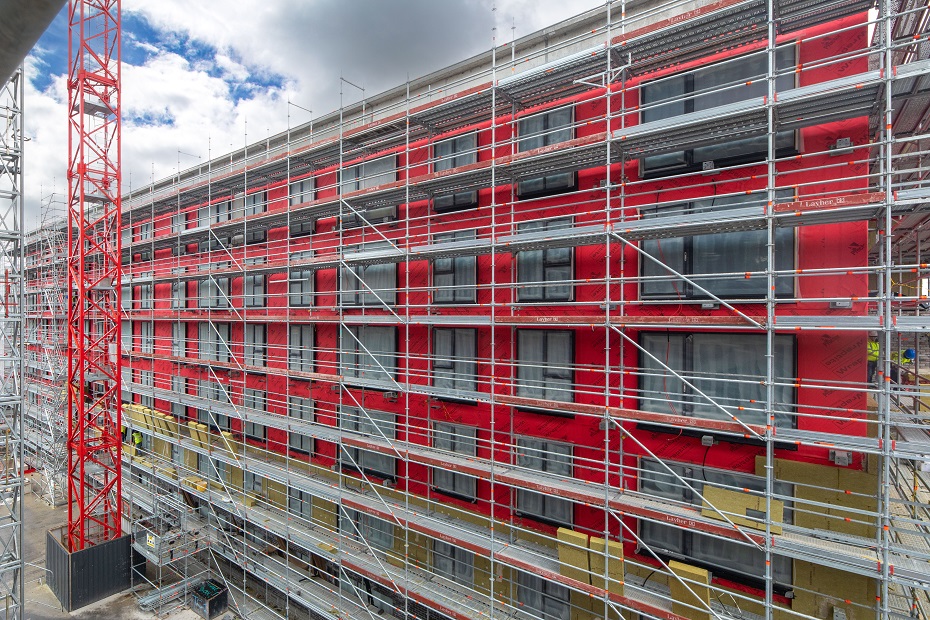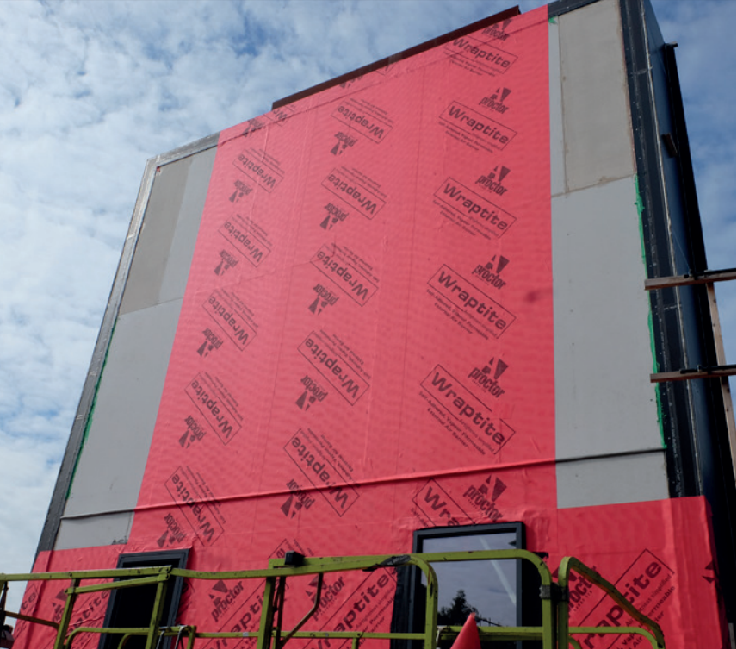Material Sample
Virtual Meeting
CAD Detail Review
Request a Calculation
Teams Presentation
Specification Check
Product Information
The STA have recognised this and produced a document in March 2017 – The STA Advice Note 14, Robustness of CLT structures. This document provides good practice guidance for the design, detailing and installation of CLT building structures. A critical element to their successful use is to ensure good moisture management, as whilst the system is robust, poor installation can let the design down.
Fig 1 (produced by STA) shows how a CLT structure is built up with the correct installation of insulation, on the outside of the frame. The CLT should always be on the warm side of the insulation to avoid unnecessary moisture fluctuations, which also brings the added benefit of mitigating any potential cold bridging issues, as they are adequately catered for with the external envelope of continuous insulation. It is preferable for this insulation to be moisture open to allow the wall to breathe and reduce the risk of built-up moisture within the envelope. The cavity provides extra protection throughout the life of the building. The STA have produced further guidance in January this year (Laminate/Mass timber structures- Durability by Design Technical Note 23). This note concludes with some best practice advice which includes the following –
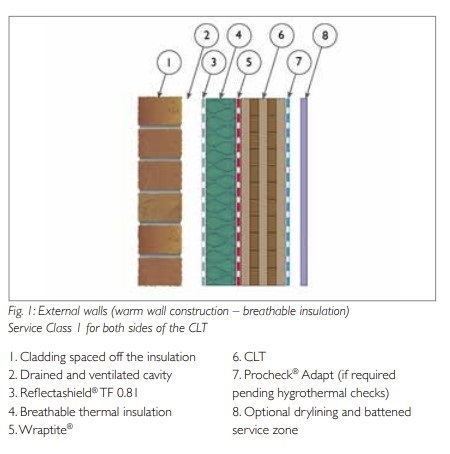
- Ensure the external wall make up allows for vapour diffusion from the interior to exterior vented spaces (BS5250 standard to be referenced and followed in a design)
- Air leakage control membranes and sealants checked to avoid moisture vapour traps
- Thermal Insulation should be placed on the exterior side of the laminated mass timber panels.
BS 5250 gives good guidance in the moisture management of CLT structures. This advice incorporates many of the above principles and the placement of membranes to reduce the risk of damaging moisture issues.
The A. Proctor Group provide a self-adhered, vapour permeable, air tight “breather membrane” that can be installed either behind or in front of the insulation. This decision can be made dependent upon the project location, and works programme for follow on trades. In some circumstances it may be appropriate to utilise the membrane in both locations. Once Wraptite® is applied to the CLT on the outside, the envelope is immediately protected from water ingress such as rain during the construction, which may be beneficial if the insulation is not to be installed immediately. The unique properties of Wraptite also provide the airtight line on the external side of the CLT panels offering, long term protection, and less risk of damages to the airtight layer from internal finishes. The high vapour permeability of the Wraptite provides the “breathing wall” which will help reduce any potential moisture build up that may have happened during the build process and wet trades.
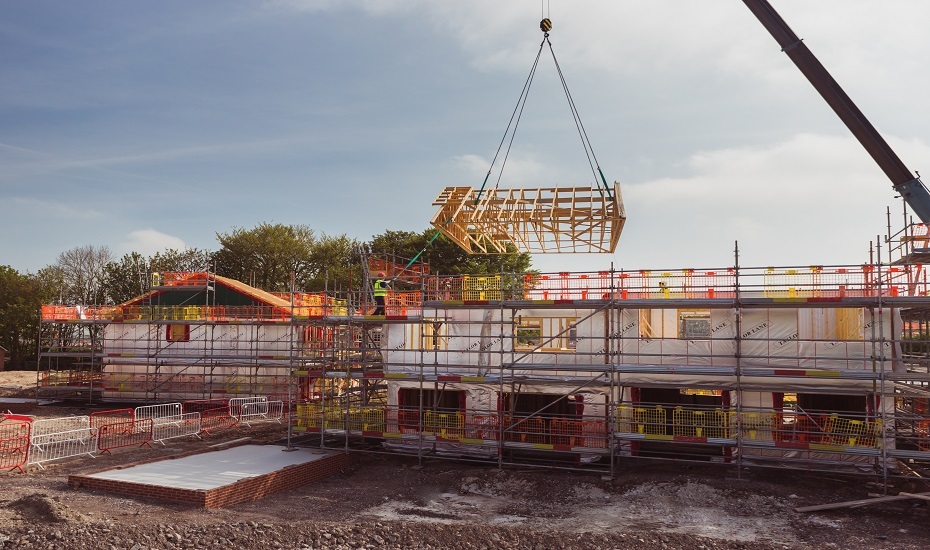
As Wraptite is vapour permeable, it is moisture neutral and protects the building from unwanted moisture build up once it is occupied, such as heating/everyday occupier activities. Its characteristics therefore keep the envelope free from the risks of interstitial condensation.
Once the insulation is installed, depending on its type, it may be advisable to install a second layer, this time on the cold face of (outside) the insulation, to avoid moisture pick up through the insulation and potential loss of thermal performance. This can include the use of a reflective material to fur ther enhance the thermal performance of the structure, this time with APG vapour permeable Reflectashield® TF 0.81.
For any moisture concerns or questions, The A. Proctor Group have years of experience in across all areas of the building envelope, such as pitched roofs, walls and floors. Our team of technical exper ts at Head Office and external Regional Technical Sales Managers are all very well educated in the companies HAMM (Heat Air Moisture Movement) principles to ensure an effective balance is reached, ensuring a healthy building envelope.
